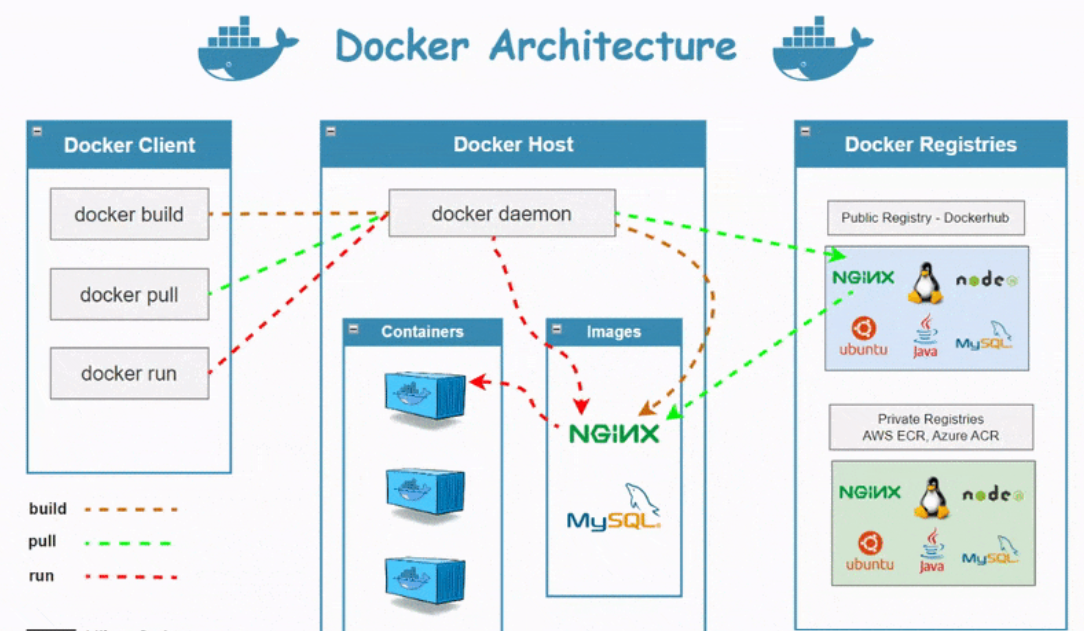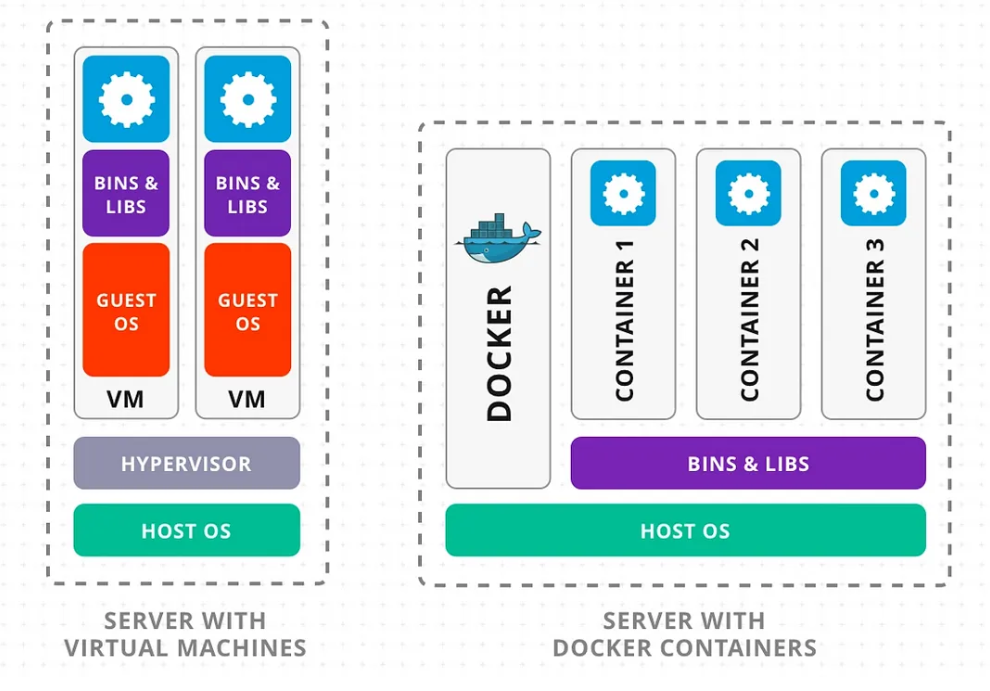What is Docker and How to Install It: A Beginner’s Guide
 Mohammed Saad Sayyed
Mohammed Saad Sayyed
What is Docker?
Docker is a platform designed to simplify the development, deployment, and operation of applications by using containers. It’s an open-source tool, written in Go, that enables OS-level virtualization. Containers allow applications to run in isolated environments with all their dependencies, making them portable and lightweight.

Key Concepts:
Docker Engine: This is the core part of Docker. It acts as the heart of the Docker platform, responsible for running and managing containers.
Docker Daemon: A background service that manages containers. It listens for API requests and controls Docker objects like images and containers.
Docker Client: The command-line tool that allows you to interact with the Docker Daemon.
Docker Hub: A cloud-based repository where you can find pre-built images, share your own, or pull images for your projects.
Advantages of Docker Over Virtual Machines (VMs):
Lightweight: Docker containers share the host OS kernel, making them much more lightweight than VMs.
Faster Startup: Containers start almost instantly, compared to VMs which take time to boot up.
Efficient Resource Usage: Containers use less memory and CPU than VMs.
Installing Docker:
You can install Docker by following the official installation guide for your operating system here.
After installation, verify Docker is running by using:
bashCopy codedocker --version
Docker Components:
Docker Image: A lightweight, standalone, and executable package that contains everything needed to run a piece of software, including code, runtime, libraries, and settings.
Docker Container: A running instance of a Docker image. Think of it as an isolated environment that runs your application.
Docker Architecture:
Docker follows a client-server architecture. The client sends commands to the Docker Daemon, which does the heavy lifting of building, running, and managing containers.
Subscribe to my newsletter
Read articles from Mohammed Saad Sayyed directly inside your inbox. Subscribe to the newsletter, and don't miss out.
Written by
